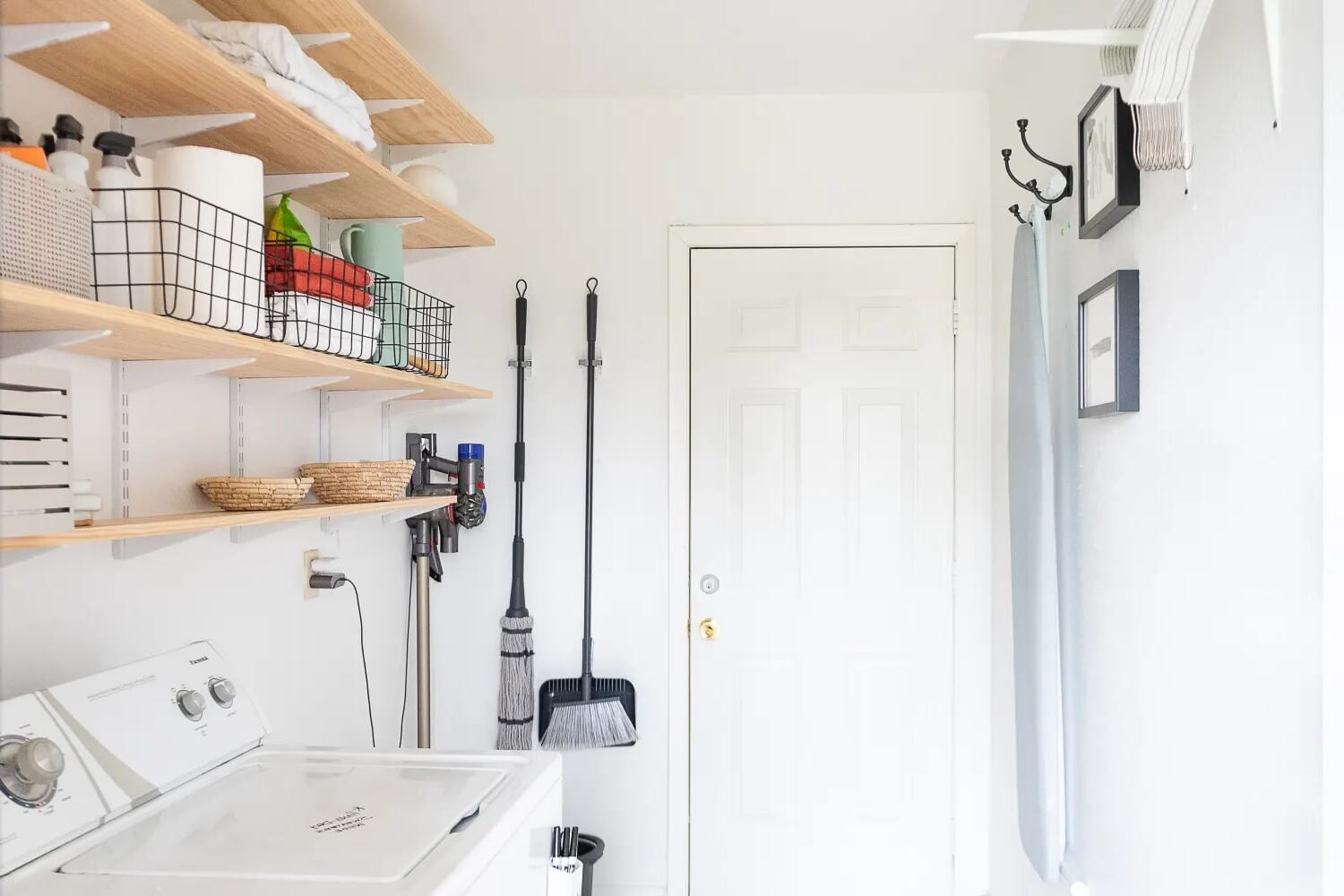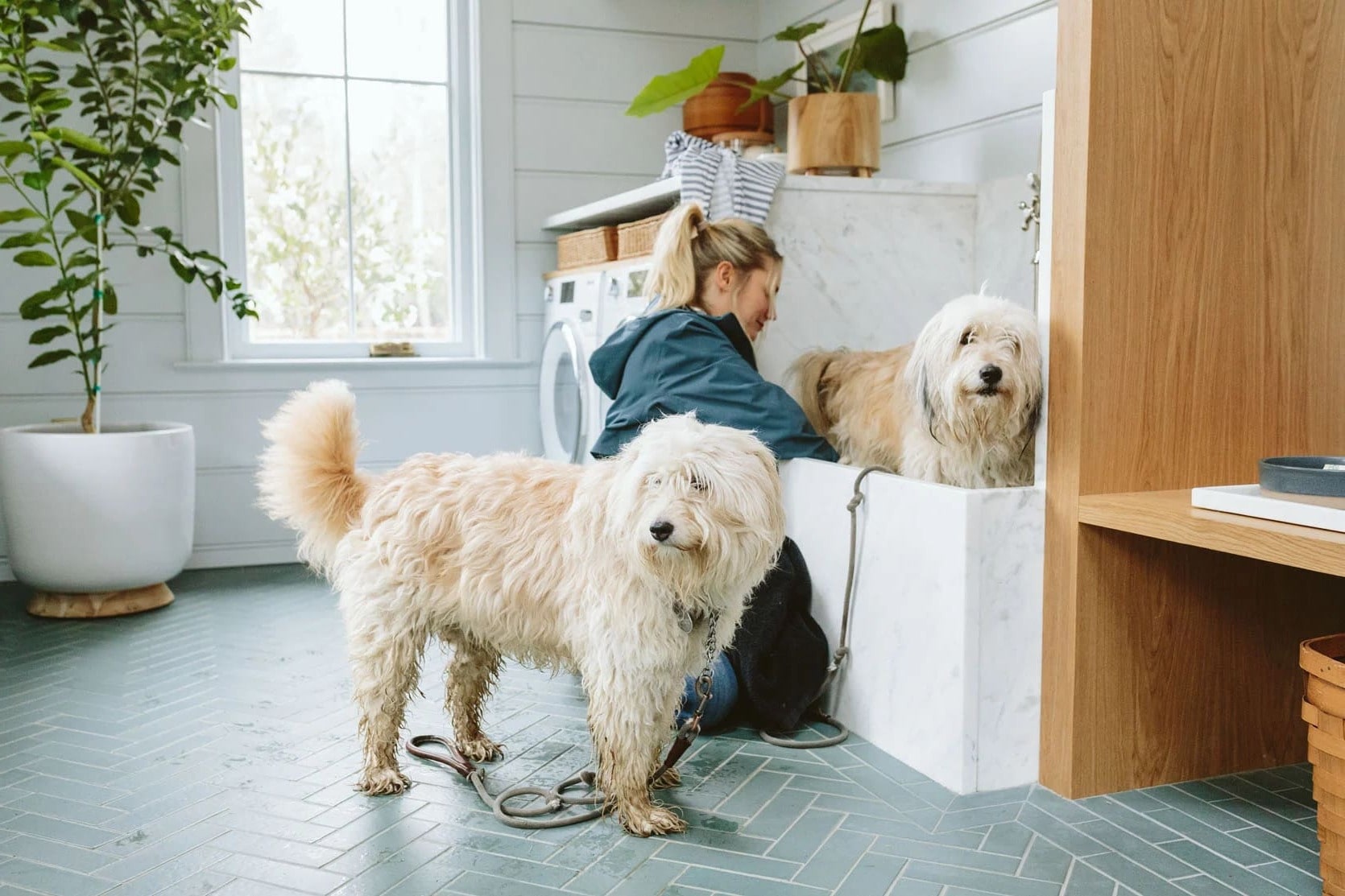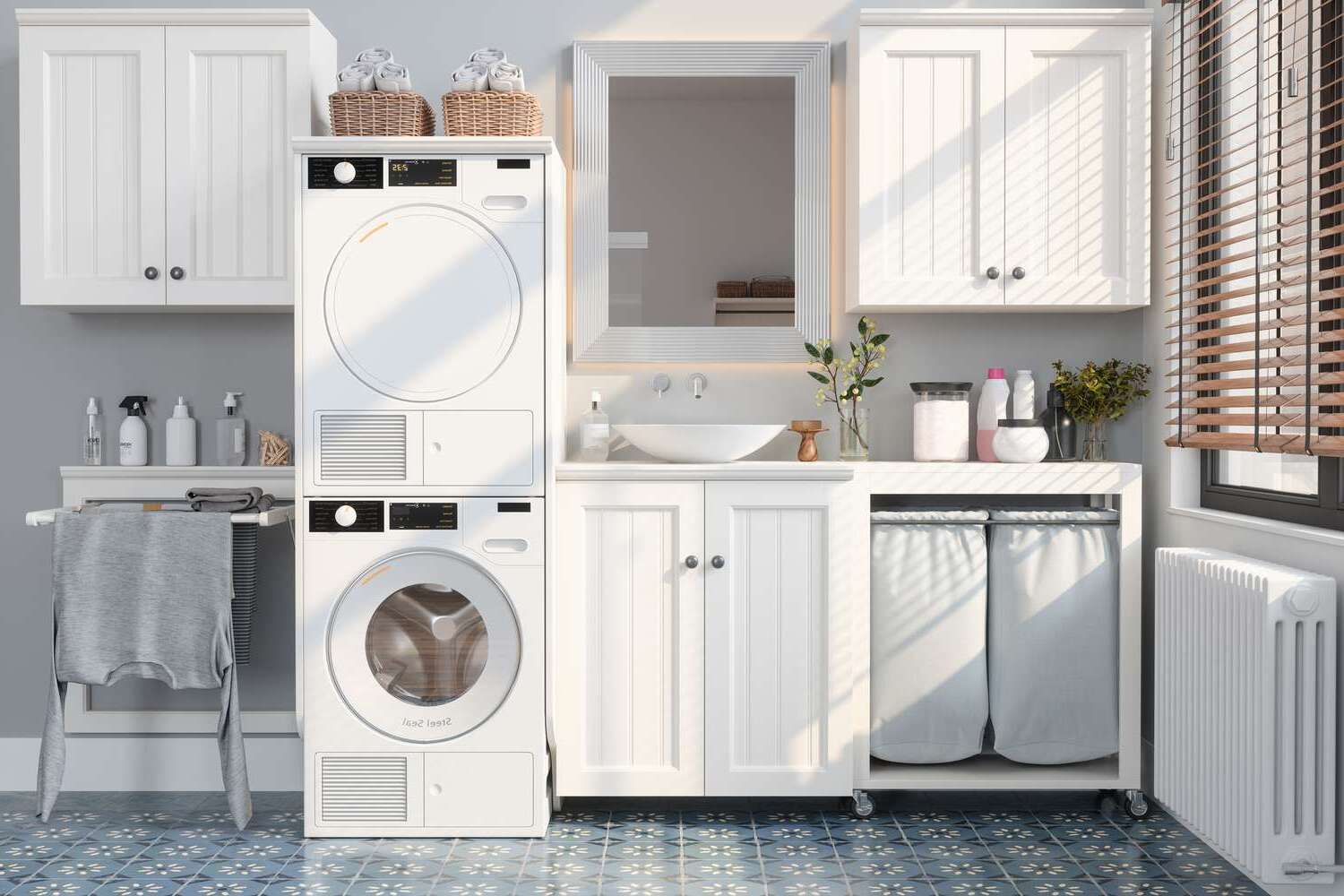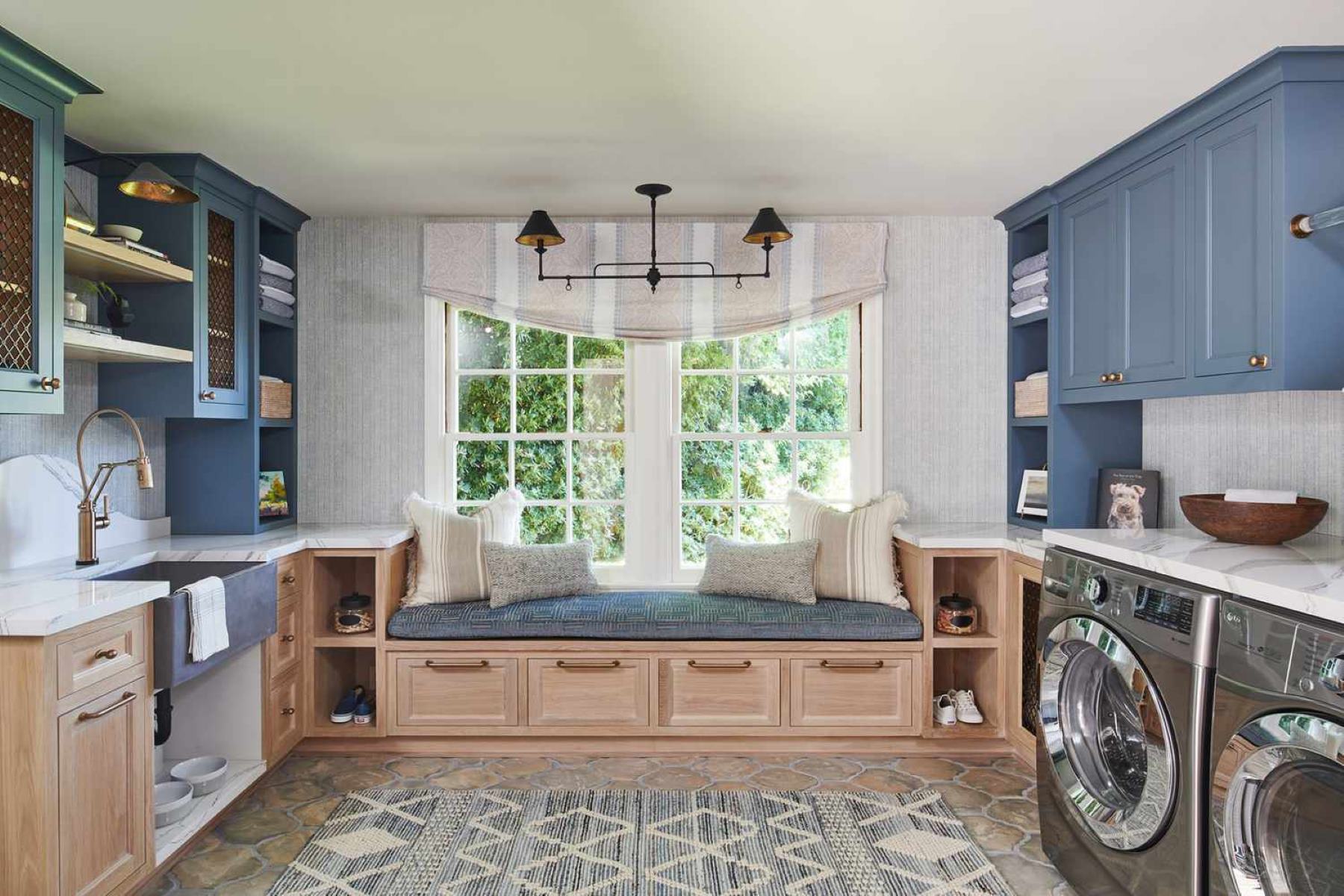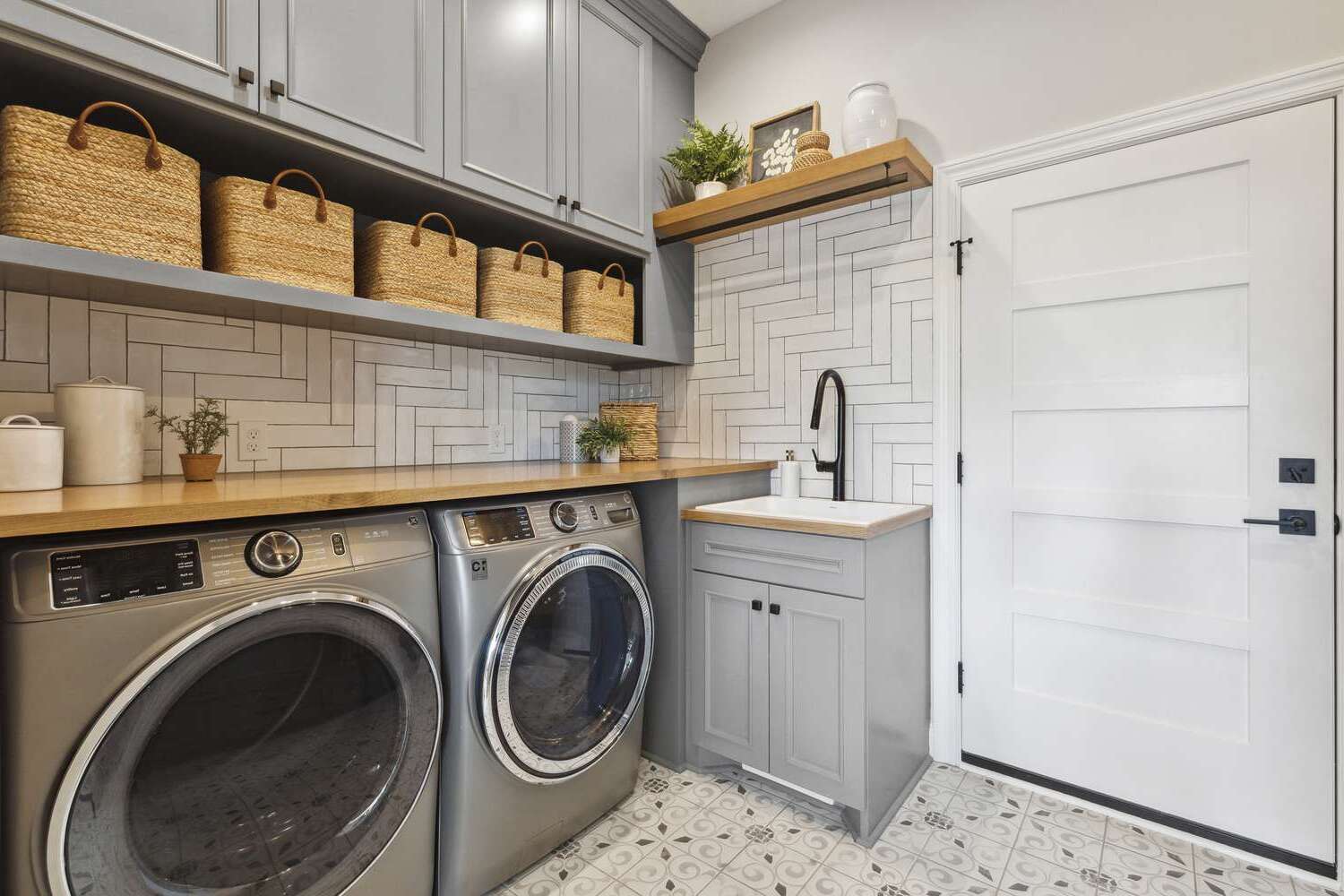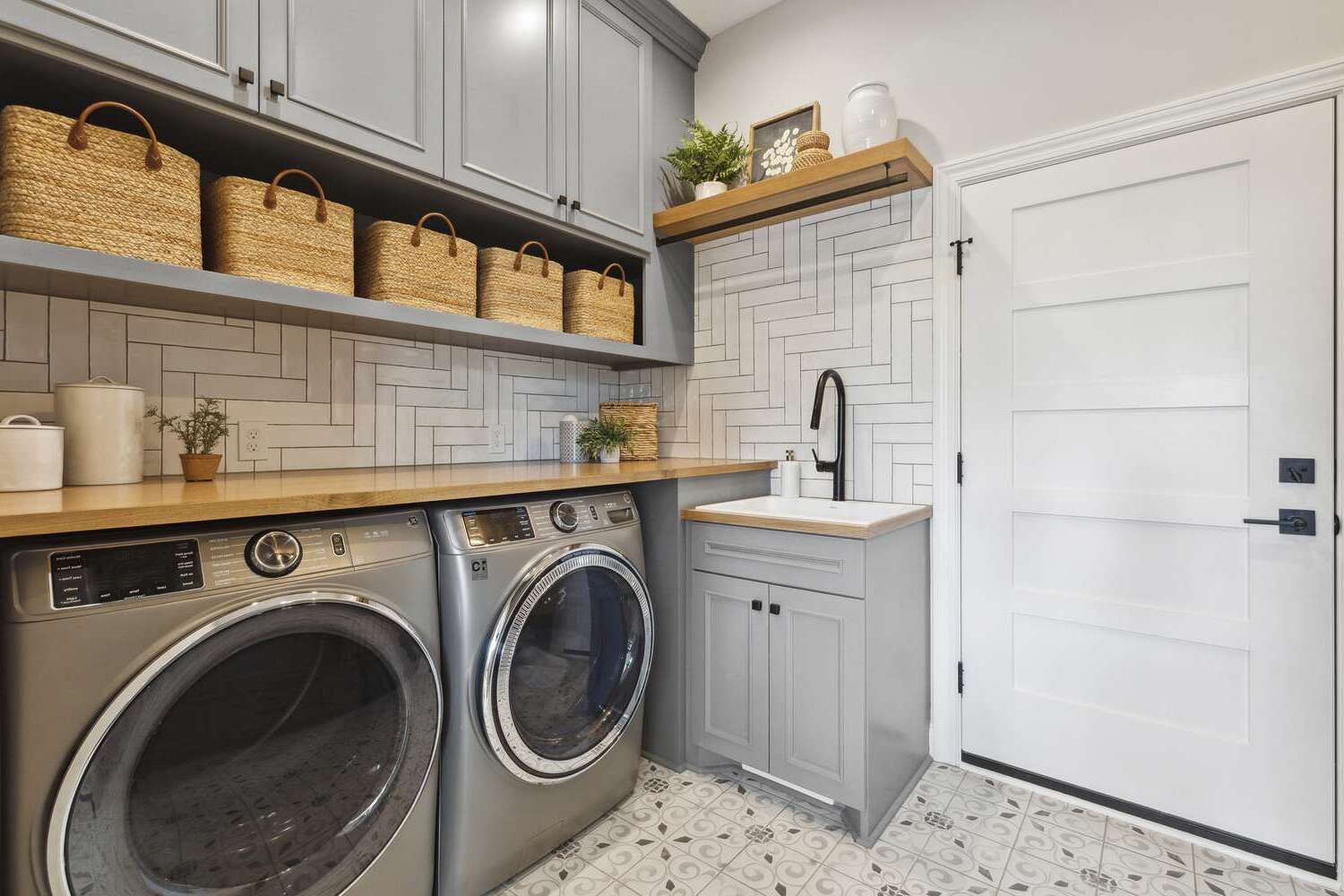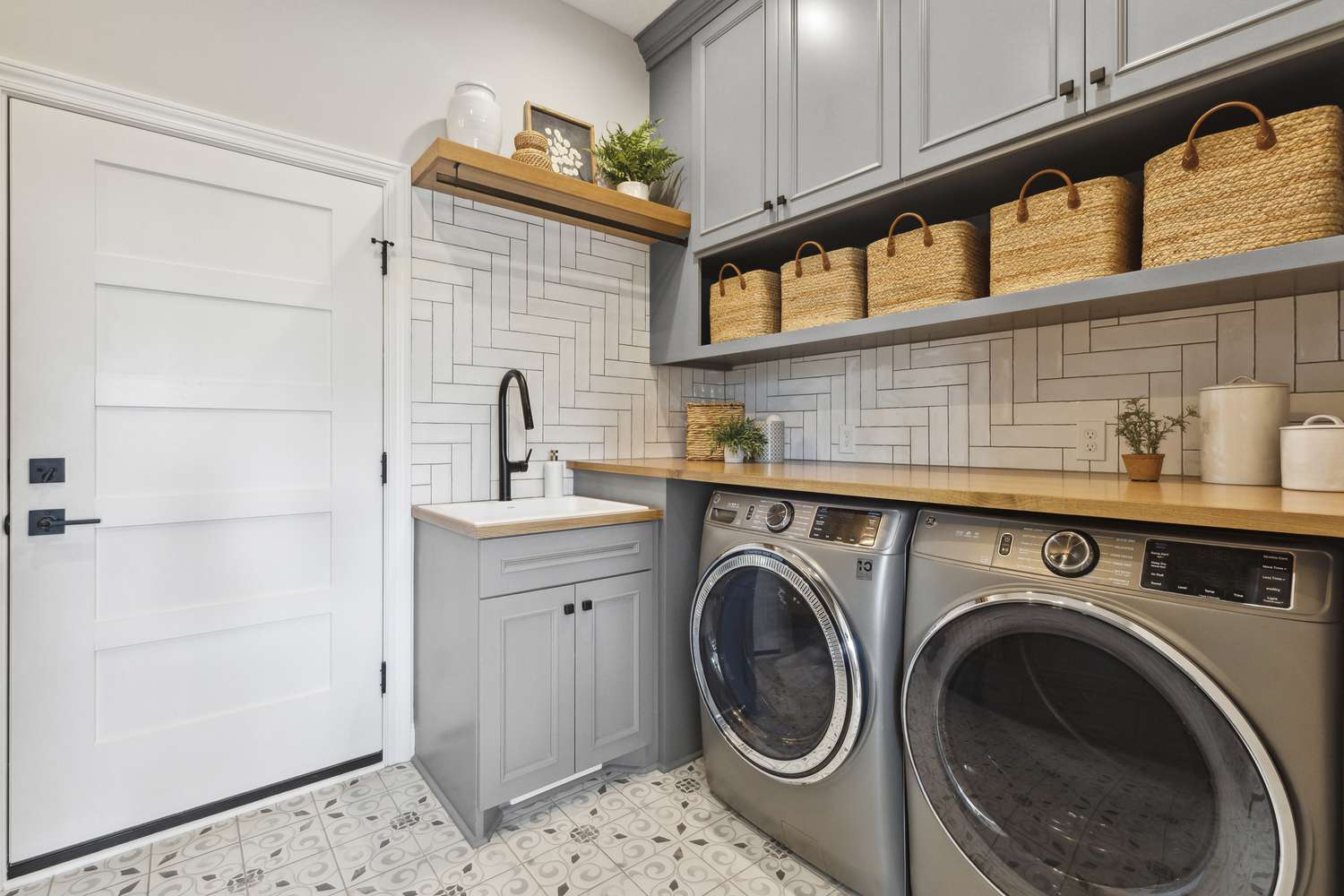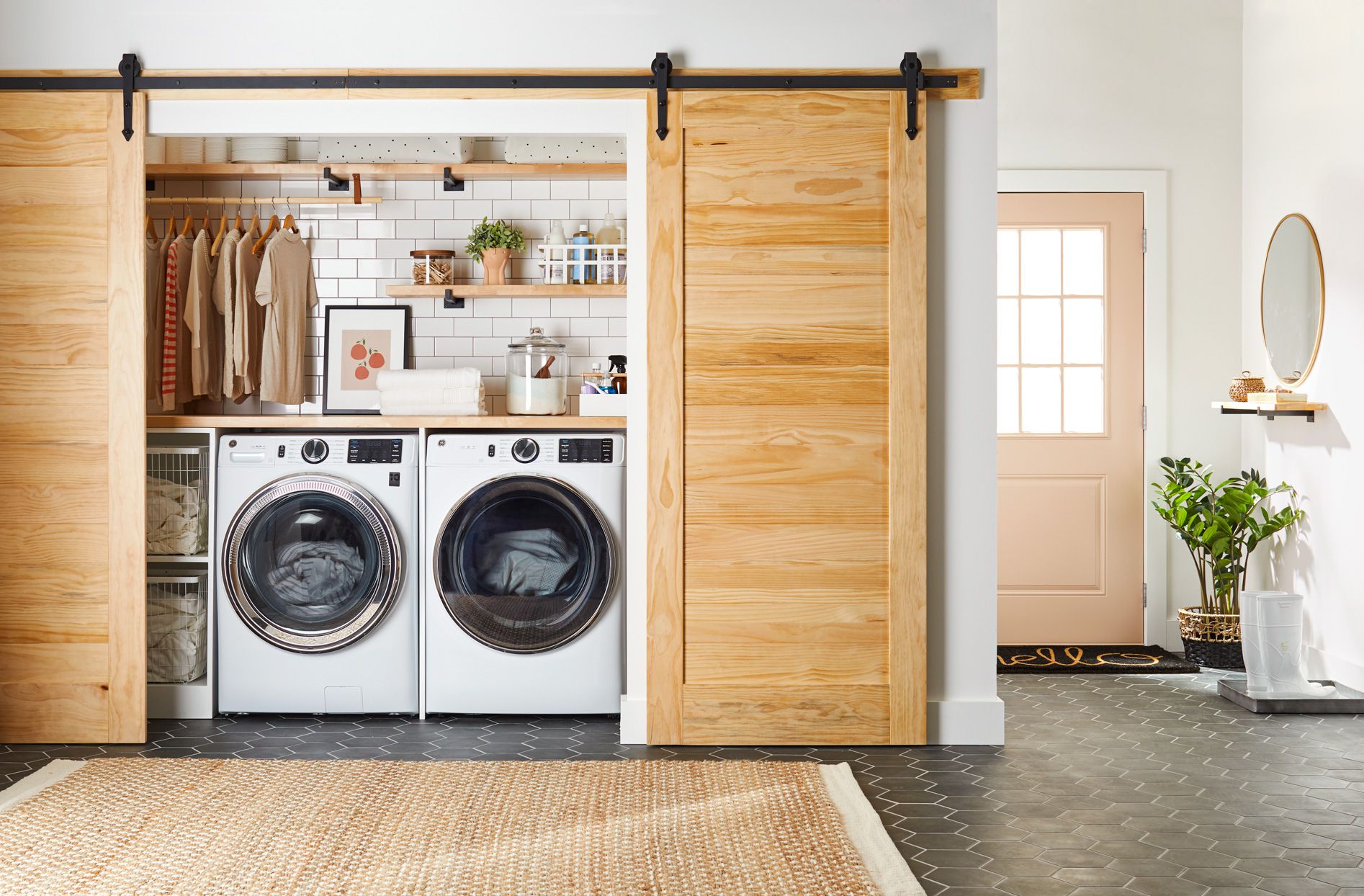Home> Laundry Room Design Ideas
Laundry Room Design Ideas: Transform Your Space Today!
Explore creative laundry room design ideas that maximize functionality and style. Inspire yourself to revamp your laundry room and enhance your home’s value!
Creating a Stylish and Practical Laundry Room with a Smart Stain Detection System
By: Samuel Turner • Ideas and Tips
Creating a Stylish and Practical Laundry Room with a Pet Grooming Station
By: Isabella Mitchell • Ideas and Tips
How to Design a Stylish and Practical Laundry Room with a Fabric-Sensing Washer
By: Olivia Parker • Ideas and Tips
Creating a Stylish and Practical Laundry Room with a Pet Washing Station
By: Isabella Mitchell • Ideas and Tips
Creating a Stylish and Practical Laundry Room with a Built-In Steamer
By: Henry Campbell • Ideas and Tips
How To Design A Stylish And Practical Laundry Room Closet
By: Benjamin Parker • Ideas and Tips
